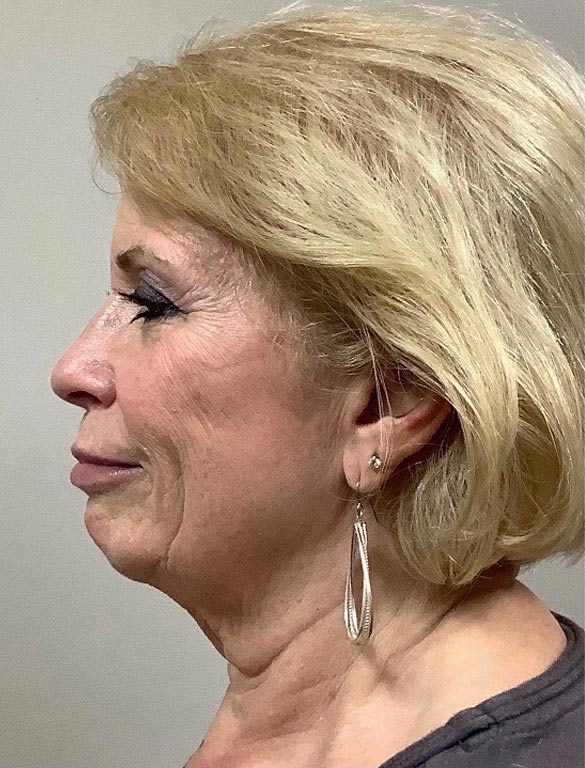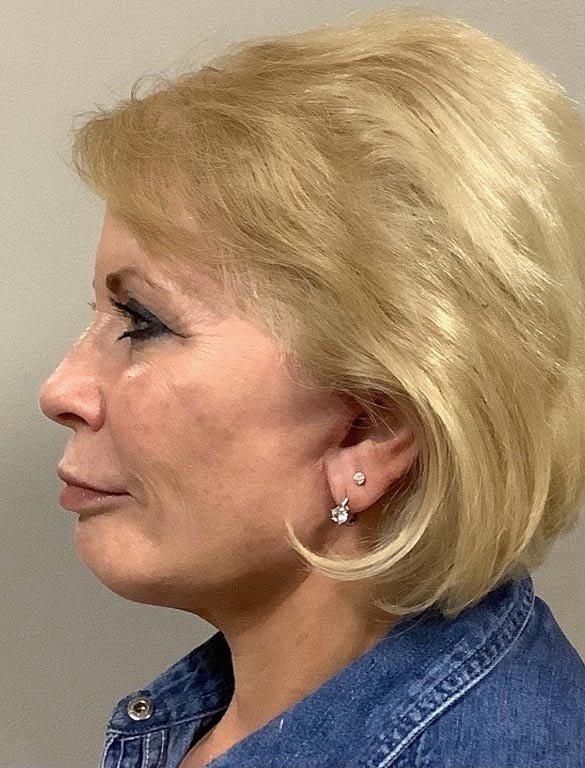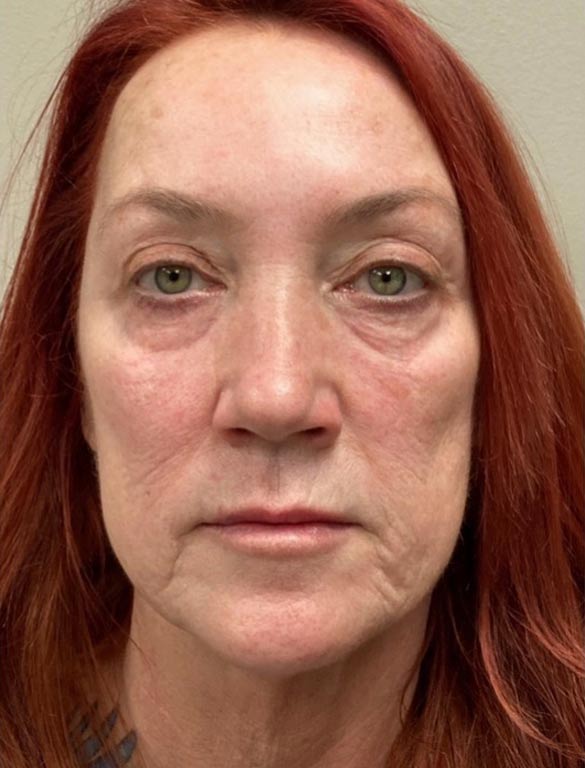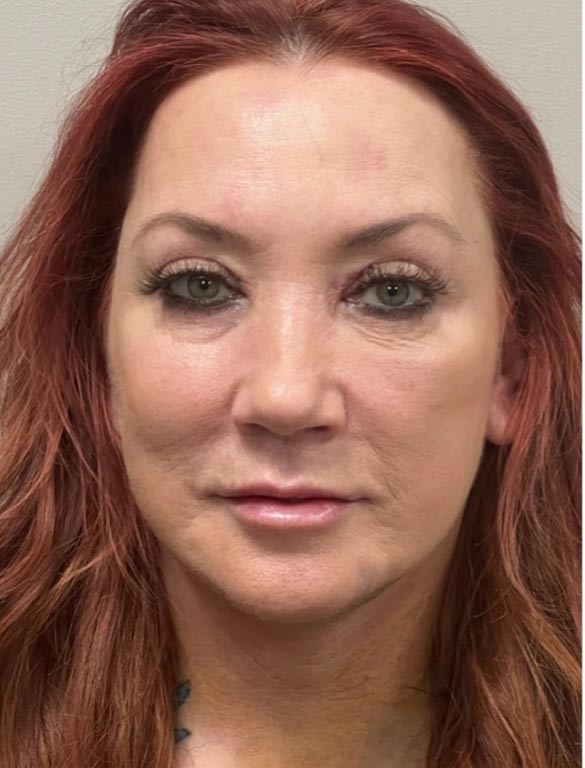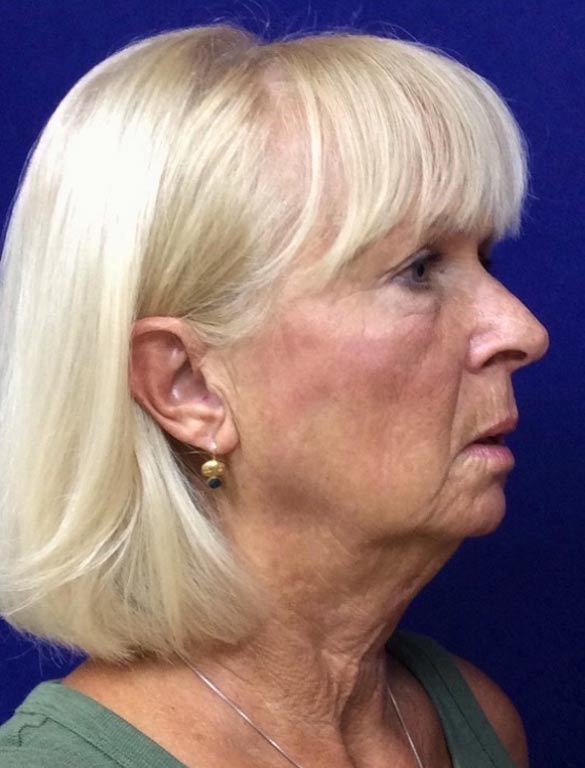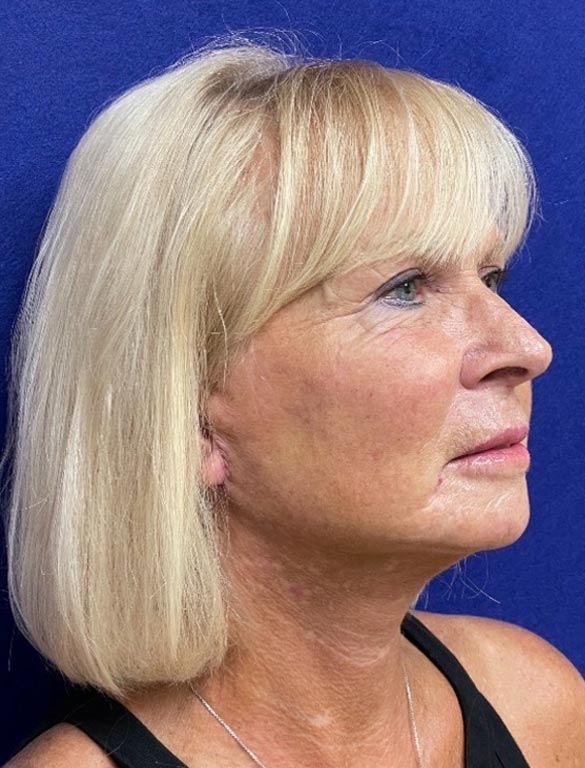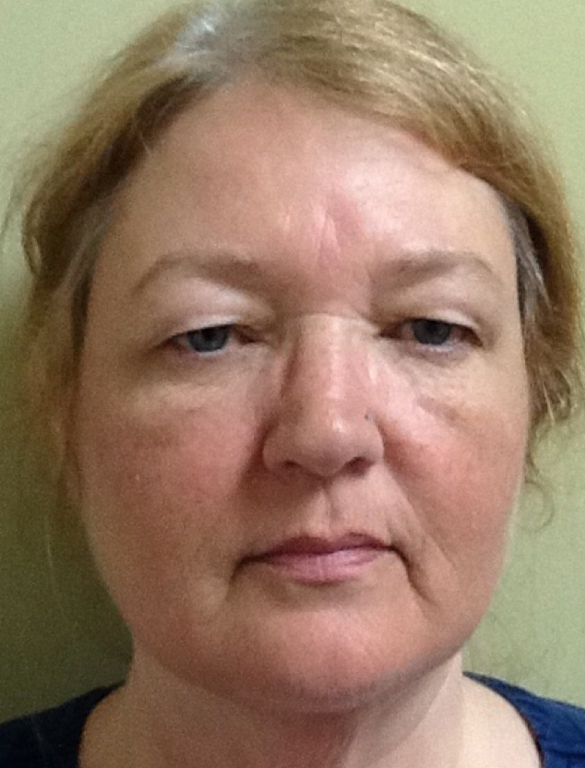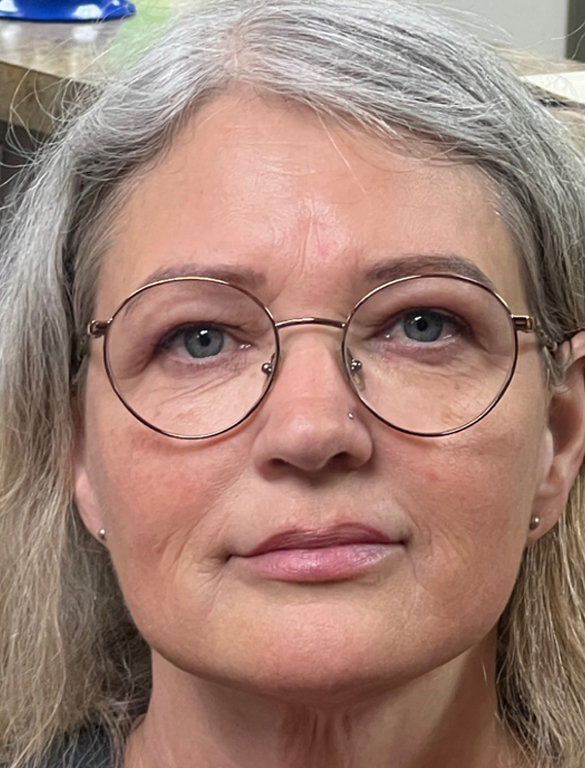Spider Vein Procedures
Conveniently located to serve the areas of Fenton, Sterling, Livonia, MI and San Diego, CA

Spider veins, commonly mistaken as varicose veins, are developing frequently nowadays. What causes Spider veins is venous insufficiency in which the veins are struggling to perform and have become blue, purple, or red in hue and are visible just beneath the skin’s surface. These veins are smaller in appearance than varicose veins which are often raised, large, and swollen with blood.
Contents
About Visible Leg Veins
Spider veins on the legs, ankles, and face are typically the most common and can be embarrassing for those who have them. There are a number of factors that contribute to the development of spider veins on ankles and legs including:
- Struggles with Obesity
- Fluctuations in Hormones During Menopause
- Puberty or Pregnancy
- Birth Control Pills
- Heredity
- Blood Clots
- A Lifestyle that Involves a Lot of Standing
- Conditions Such as Constipation or Tumors in the Abdomen
- Overexposure to Ultraviolet Rays
What to look for
Women are much more susceptible to the development of spider veins than men are, with an increase in frequency as they age. It’s estimated that up to 60% of adults will develop spider veins or varicose veins of some degree at some point in their lives. Women whose mother or grandmother developed spider veins are much more likely to develop these spider veins on their legs themselves.
Spider veins can cause not only embarrassment due to their appearance but can also be quite uncomfortable for those who have them. Sensations such as a burning in the legs, tingling, restlessness or fatigue in the legs or just an overall heaviness are common symptoms of those with spider veins on legs. Swelling and a darkening of the skin can also become problems if the leg veins are not treated and some women may find that their discomfort is enhanced during pregnancy or their menstrual cycle.
Generally, unsightly veins appear mostly on the legs and thighs, but in some cases, sufferers will get them on their chests or the trunk of their bodies. Unattractive wherever they appear, blue chest and trunk veins can cause quality-of-life issues due to embarrassment or can sometimes be symptoms of life-threatening diseases. Fortunately, today’s technology allows us to remove or lessen blue veins visible on the chest or trunk. For more serious health issues, starting treatment programs can be lifesaving.
Spider Veins on the Chest & Trunk
Spider veins on the chest are most likely related to damage caused by too much sun exposure and are relatively simple to treat with sclerotherapy for larger veins. Sclerotherapy is a procedure in which the physician injects a sclerosant into the dilated veins with a needle so tiny most people will not feel it, but may feel a mild burning sensation. The sclerosant will cause the vein to close and the vein will not be as apparent.
Spider veins on the chest can also be attributed to female hormones, steroid hormones, or can be a sign the patient is suffering from liver disease, Cushing’s syndrome, or other systemic diseases, so diagnosis by a physician is of utmost importance. Smaller veins visible on the chest are best treated with laser, IPL or radiofrequency equipment which are quicker methods that provide almost instantaneous results.
Varicose Veins on the Chest & Trunk
Varicose veins on the chest and trunk appear both in men and women, but are often caused by pregnancy in women and are relatively benign. They are also linked to the life-threatening vein disease deep vein thrombosis (DVT), or cirrhosis of the liver, a disease attributed to alcoholism, however, so physician diagnosis is always recommended. Unlike their counterpart spider veins, varicose veins can be extremely painful, leading to an increased desire for treatment. Caused by blood backing up in the veins, earlier methods of treatment were almost more painful than the veins themselves, involving surgery under a general anesthetic with long incisions and even longer recovery times. Today’s treatment options are usually performed under local anesthetic with much less pain and use lasers to break down the vein with only local anesthesia and resulting in minor bruises. Sclerotherapy is also used to treat varicose veins when varicose veins appear on the chest.
Spider and Varicose Veins
Many people wonder if there is a difference between spider veins and varicose veins. Quite simply, the answer is yes. Both spider and varicose veins are annoying and have a very unsightly appearance.
While what causes spider veins and varicose veins tend to be similar, their appearance is often very different. Spider veins are smaller and have a “spider web” type of look. They are usually located just under the surface of the skin and are considered superficial. They can look like a bruise as they are often blue or purple, red or blue in color, and usually appear in clusters. This type of vein condition is generally not painful and is treated via cosmetic procedures.
Varicose veins, on the other hand, are caused by valves located in diseased veins that do not fully close. This prevents the blood from flowing correctly and causes blood to flow in the opposite direction and then pool. This pooling causes a bulging look that is often purple or blue in color. Varicose veins often cause numbness, pain, and fatigue in the legs. Should the varicose veins remain untreated, painful leg ulcers can result.
The risk of varicose veins rises as we age. Interestingly, about 30 to 50 percent of adults suffer from chronic venous insufficiency, an underlying condition that often leads to varicose veins.
While the symptoms for each are similar, they are usually much more severe in varicose vein cases. Spider veins may cause slight itching or burning. Varicose vein symptoms can include throbbing, burning, and feelings of heaviness. Most people will not experience any warning signals that varicose veins are developing.
About Eyelid Veins
Spider veins are a problem for thousands of men and women. They can appear just about anywhere on the body, but when they appear in visible places, like the face, people feel particularly apt to treat them and treat them fast. Treatment for delicate areas of the body, including the face and especially the eyelids, requires skill and expertise.
What Causes Vein Damage of the Eyelids?
The eyelids are especially susceptible to the development of damaged veins due to the delicate nature of the skin. Thin eyelid veins can easily bulge and become enlarged due to venous deficiency. Blood in the veins may flow backward instead of moving forward, building up pressure on the walls of the capillaries and veins.
Blood Pressure and Age
Another culprit of veiny eyelids and faces is due to high blood pressure, which can cause inflammation of the eyelids as a result. Rubbing one’s face and eyelids too harshly can also break the very fragile capillaries within the eyelids. The aging process also takes its toll on every organ within the body. Aging skin becomes thinner, and as it does, the eyelid veins naturally become more prominent.
Lifestyle
An unhealthy lifestyle can take a toll on a person’s appearance and contribute to the development of spider veins around the eyes and on the eyelids. Excessive stress on the eyes, such as reading in harsh or dim light or spending extended time at the computer, can damage the eyes and the surrounding tissue, causing veiny eyelids and other problems.
Exposure to Sunlight
Though regular exposure to sunlight is just a normal part of life and necessary for a person’s health and well-being, overexposure can damage the skin, including the eyelids. Eyelids are some of the most commonly unprotected places on the face, and sun damage can cause spider veins.
Treatment
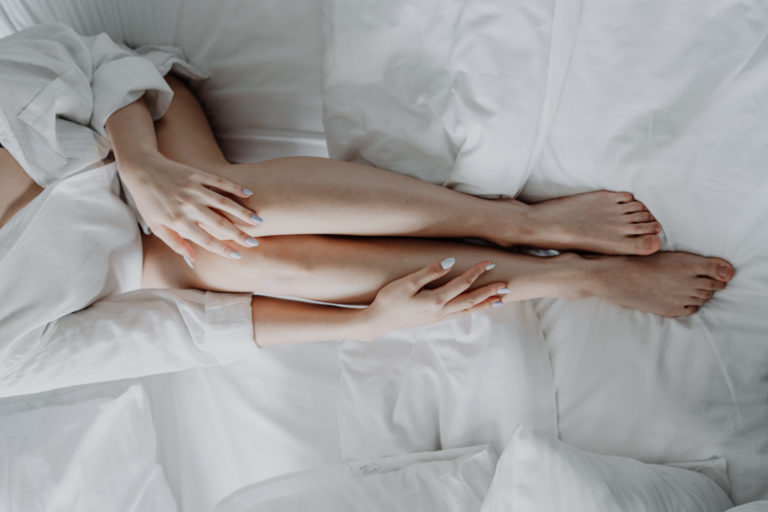
Though there are some efforts patients can make to minimize the effects of spider veins on their own, such as increasing their physical activity, propping their legs up if they work long hours standing up, or wearing compression stockings, the most effective treatments for leg veins are usually those performed by an experienced vein specialist or vascular surgeon who can perform Sclerotherapy and spider leg vein removal on the affected areas to rid the patient of their spider veins long term. Patients struggling with spider veins on their legs, ankles, or face should make an appointment with the Skin and Vein Center for expert treatment of their venous disease, or in rare cases vascular surgery. We treat varicose veins, and all other vascular diseases as well!
Options
There are different treatment options depending on how severe your case is. These options include:
Sclerotherapy — Used for spider veins and smaller varicose veins. A sclerosant solution is injected into the veins to shut and eliminate the vein.
Ambulatory Phlebectomy — Used for varicose veins and is an alternative to old-style vein stripping. During this minimally invasive procedure, the larger surface of the veins is taken out through small incisions.
Endovenous Laser Treatment — Uses laser therapy to close and destroy the vein. EVT uses laser energy to effectively close the vein, which is then absorbed by the body.
Compression Therapy — This treatment can include compression garments, exercise, and massage.
Contact
Call the Skin and Vein Center to make an appointment to diagnose your individual case, as well as to discuss all the various treatment options and which one will be the most beneficial to you. We can answer your questions such as what are spider veins as well as provide important information for prevention. Call us today! If you have vein problems on your face, visit our facial laser treatments page instead.
With the help of a Skin and Vein Center specialist, patients can hope for healing and long-term relief of the symptoms of varicose veins and spider veins with the leg vein removal procedure among others. Click to call today for your consultation!

